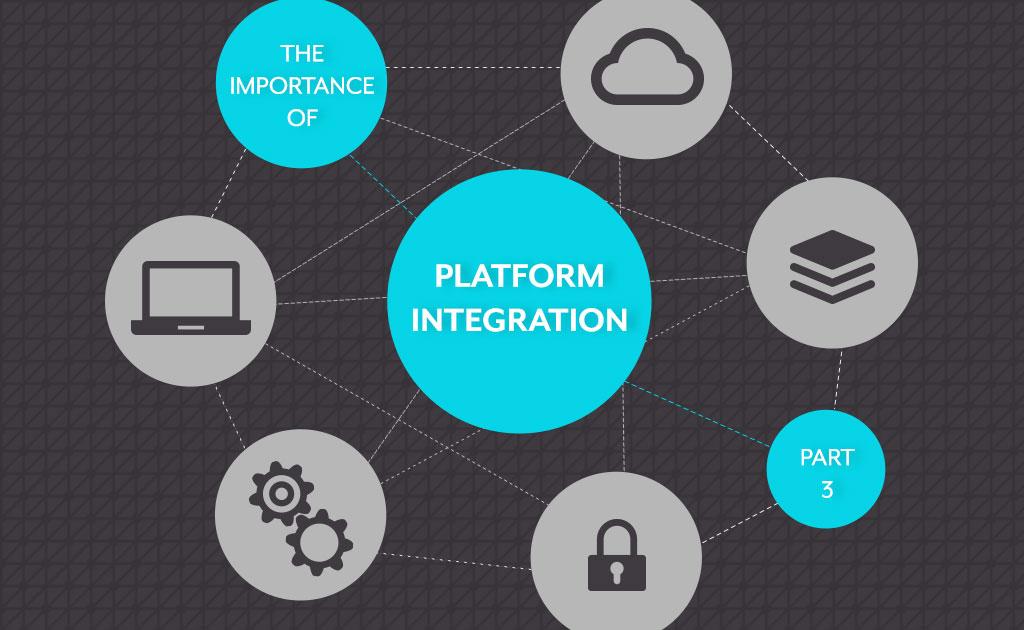
We live and work in a world with many options. While uniformity can be nice, many of us want to use the very best product for the task at hand, even if it involves using multiple different technology platforms. Some would also argue that companies who allow for integration to their competitors’ platforms go further in the enterprise world.
The Ultimate Partnership
Even more recently, large, closed-sourced technology companies have made huge strides in being more optimistic by giving the consumer the option to use their product with their open source counterparts. Microsoft, for instance, now has released its own version of FreeBSD (a UNIX based operating system) and created a partnership with Canonical to bring features from the Ubuntu operating system to Windows 10. Business partnerships like this allow the consumer to do things they couldn’t do before within their technology environments.
Microsoft, however, is not the only technology giant moving forward in this direction. Hypervisors, such as vmware, and storage vendors have made big partnerships and integrations with their competitors, as well. This will allow businesses like yours to get the very best, customizable environment for your customers and personnel to employ.
Platform Integration: Physical Hardware and Virtualization
The first area that we’ll cover is platform integration as it relates to physical hardware and virtualization. There are many components that make up the physical infrastructure of a server environment or ‘cloud.’ In order for each piece of hardware to function properly in the environment, it is imperative that each device be able to successfully communicate with its counterparts. For instance- the server(s) providing resources such as CPU, memory, etc. must be able to interact with the other aspects of the environment such as networking devices and storage devices (assuming the storage is not locally attached to the servers). This where the hypervisor running on the server comes in.
What is a Hypervisor?
A Hypervisor, sometimes referred to as a virtual machine monitor (VMM) is software, firmware, or hardware that operates virtual systems such as computers, servers, storage or network devices. The computer, or server that runs the hypervisor is referred to as the host machine, and all of the virtual machines operated by the hypervisor are referred to as ‘guest machines. The host machine, in which the hypervisor is installed on, presents the operating systems of the guest machines and masks the physical components of the system from the end-user. Various instances of operating systems (such as macOS, Linux, Windows, and UNIX-based operating systems) can use the same hardware resources that the hypervisor operates on. In addition to guest operating systems, the hypervisor can also manage networking devices, storage volumes, and other infrastructure devices virtually. This essentially allows a systems engineer to almost fully manage a datacenter from anywhere. This concept is referred to as Data Center Virtualization.
How does Data Center Virtualization Fit in?
For data center virtualization to be possible, the hypervisor software must allow for integration to a number of different platforms. For instance, the physical server in use must support and be able to effectively run the hypervisor OS itself, and the hypervisor technology in use must be able to support all of the hardware devices plugged into the physical server in order to virtualize the environment. Examples of hypervisor technologies that have achieved this concept of platform integration and compatibility include VMware ESX/ESXi, Microsoft Hyper-V, and Citrix XenServer to name a few.
Next, we will discuss the role integration plays in virtualization, resource utilization, and storage solutions.
The Benefits of Storage APIs
As system virtualization evolves rapidly into common business practice, the close-fitting integration between virtualized systems and physical storage becomes more and more critical. Many storage vendors and virtualization software companies picked up on this trend early on, and continue collaborations with one another to generate better storage APIs so businesses can reap the full advantages of virtualization on an enterprise level. These APIs assimilate storage with virtualization, allowing both to communicate more efficiently and ultimately designate each task to the more appropriate platform. This results in an organizational benefit that is quantifiable by increased systems performance, scalability, and stability.
A Robust Virtualized Solution
Of course, the virtualization of storage is only as good as the physical hardware that sits behind it. Earlier, we talked about the benefits of solid state media over mechanical disk; however, this is only part of what constitutes a robust, and effective virtualized solution. You also need to ensure that the hardware which provides processing power and memory resources is up to par. For instance, if you have multiple servers in your environment with dissimilar specifications, most hypervisors will only function at the level of the lowest variable- hence the saying, ‘A chain is only as strong as its weakest link.’ Therefore, designing a well-rounded, consistent virtual infrastructure is imperative.
Virtual Networking
Beyond storage and resource efficiency, a good hypervisor also needs to offer solid networking capabilities that can integrate with multifaceted enterprise networks. Virtual networking allows you to configure VMs, hosts, and virtual storage in the same fashion as a physical network topology. Virtual switching allows for guest machines on the same, or disparate hosts to interconnect with one another using identical protocols that are used over physical switches, eliminating the need for additional hardware. Hypervisors should also offer virtual switching that supports VLANs (Virtual Local Area Networks) that are multi-vendor compatible, as well as virtual Ethernet adapters that can possess their own IP and MAC addresses independently.
Wrapping Up
In conclusion, a virtual environment that is well-integrated, highly scalable, and designed with as much consistency as possible is generally the most efficient and reliable type of infrastructure. Also, when virtual systems have practically the same characteristics as physical entities from a resource, networking, and storage perspective, it makes the management and maintenance of the infrastructure much easier. From a business standpoint, this cuts down on costs, remediation time, and the need for additional staff.


